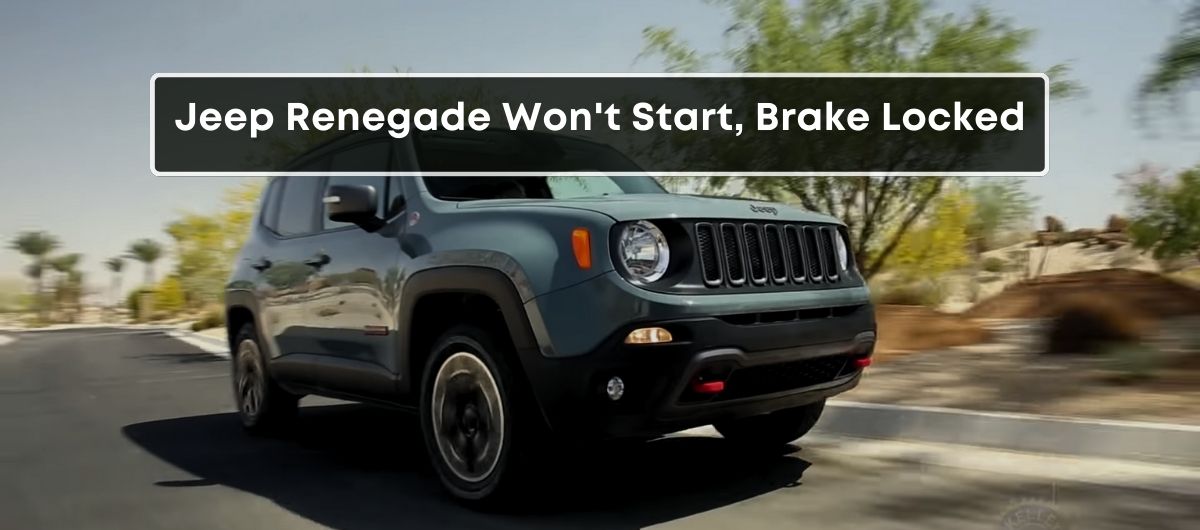One of the most annoying things you can experience as a Jeep Renegade owner is your vehicle refusing to start while the brake pedal is as solid as a rock.
What’s frustrating is that the vehicle turns on, and most of the vehicle accessories, such as the climate controls, instrument cluster, interior lights, etc., are working as usual.
Why Jeep Renegade Won’t Start And Brake Feels Locked?
The main problem in this issue is not the stiff brake pedal. It’s the vehicle not being able to start.
Modern cars come with vacuum-assisted brakes that rely on the engine vacuum. When the engine is off, these brakes only have the vacuum for 3-4 pushes.
Jeep Renegades with keyless entry require you to push the brake pedal (after pressing the start button) to start the engine.
If it doesn’t start within that time, this vacuum will start to exhaust. The brake will become harder with every push until it feels like it’s locked.
Therefore, you first need to find out why the car does not start when you push the brake pedal.
You can use a code scanner for this as it’ll generate the error code(s) and help us identify the issue – if it’s due to some malfunctioning component.
However, if there’s no scanner or there’s no code generated, you’ll need to check all of the components that usually cause a vehicle not to start, such as battery, alternator, starter motor, etc.
What To Do When The Jeep Renegade Won’t Start And the Brake Is Locked?
1. Temporarily Disconnect The Battery Cable
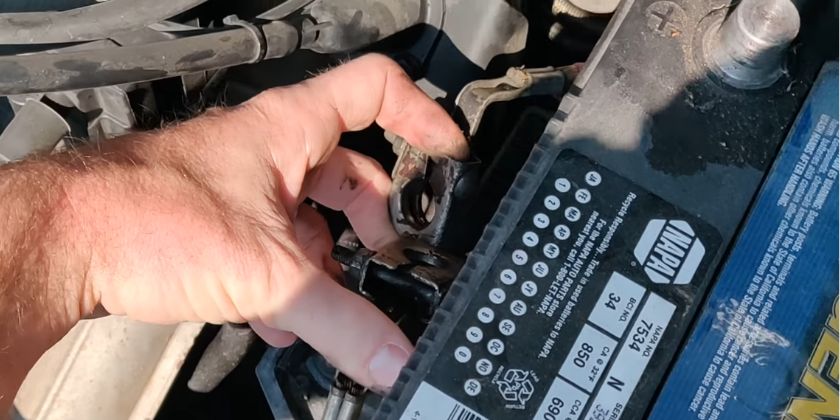
Sometimes, Jeep Renegade’s electrical system can malfunction and cause your vehicle not to start.
This issue can be solved by simply disconnecting the negative battery cable. It will reboot the vehicle’s ECU (just like your computer reboots) and will fix the issue if it’s due to an electrical glitch.
Here’s how this process usually goes:
- Turn off the vehicle.
- Disconnect the battery cable from the negative terminal.
- Keep the cable disconnected for 5-10 minutes, and make sure it doesn’t touch any bare metal.
- Reconnect the battery cable and see if you’re able to start the vehicle.
2. Test the Battery
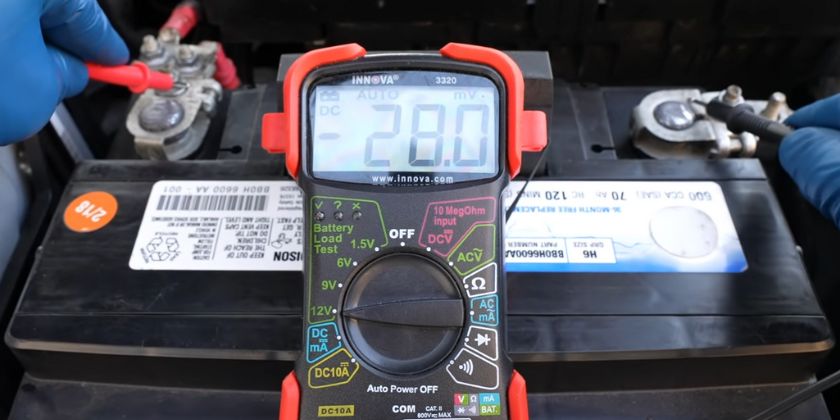
If resetting the ECU doesn’t solve your problem, it means the ECU is working fine, and the problem is with a component of the car’s electrical system.
Therefore, we need to test all components in that system, with the first one being the battery.
When you turn the ignition on, the battery converts its chemical energy into electrical energy and sends an electrical jolt to the starter motor.
The starter motor uses this electrical power to rotate the flywheel. As the flywheel is connected to the crankshaft, its rotation makes the crankshaft rotate, and the engine starts.
However, if the battery is aging or one of its cells is damaged, the current it provides to the starter will not be powerful enough to rotate the flywheel. As a result, the engine will not run, and your Jeep Renegade will not start.
You can easily verify whether that’s the case or not with a digital multimeter.
Here’s how it works:
- Turn the ignition off. Make sure all accessories in your car, such as A/C, headlights, interior lights, and radio, are off.
- Set the multimeter to Voltage mode – the limit should be 20V.
- Connect the black multimeter probe to the negative battery terminal and the red probe to the positive terminal.
Low Battery Voltage
If the reading you get is less than 12.2V, the voltage is low.
There can be multiple reasons for this, such as corroded terminals, loose connections, battery fuse blown, damaged battery wire, putting the vehicle in accessory mode for too long, etc.
In order to find out the exact cause, you should first check the battery cables and terminals.
Make sure the wires are not frayed, the battery fuse is not blown (if you have any), and the connections are corrosion-free (apply baking soda + water mixture if they’re not) and tightly secured.
After that, you’ll need to either jump-start the battery or recharge it with a battery charger.
Once the battery is charged, leave it as it is overnight. If the voltage is low again next morning, it means the battery is aging and is unable to hold the charge.
Replacement is the best option in such a situation.
Good Battery Voltage
On the other hand, if the initial voltage reading from the multimeter was 12.2-12.6V, it means the voltage is good.
However, just because the battery has juice to power up the electrical systems in your vehicle doesn’t mean it’s powerful enough for the starter, too.
This is where CCA reading comes into the equation.
You should use a battery tester to get the CCA reading of your battery.
If the actual CCA reading is significantly lower than the specified rating, it may indicate that the battery, while maintaining voltage, lacks the necessary power to start the engine – especially in cold weather conditions.
This could mean the battery is nearing the end of its lifecycle.
3. Test the Alternator
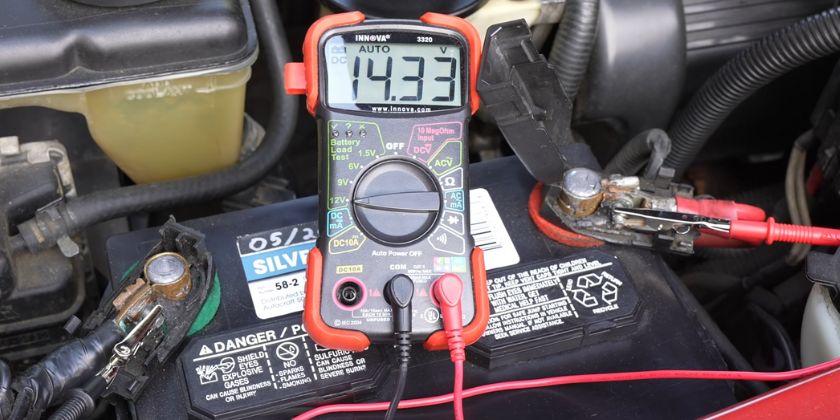
If the battery’s voltage and CCA reading are good, the next thing we’ll test is the alternator.
That’s because when the engine starts running, it’s the alternator, not the battery, that powers all of the electrical components in the vehicle and also charges the battery to make up for the power the latter lost while starting the engine.
If the alternator is faulty, it won’t be able to charge the battery. As a result, the battery voltage will remain low, and it won’t be able to start your Renegade next time.
Like the battery, the alternator can be easily tested with a multimeter.
Here’s what you need to do:
- Set the multimeter to DC Voltage mode.
- Turn the ignition on. Make sure that all of these accessories are off.
- Place the multimeter’s red probe on the positive terminal of the battery and the black probe on the negative terminal of the battery.
- The reading should be 13.6-14.4V.
4. Check The Immobilizer System
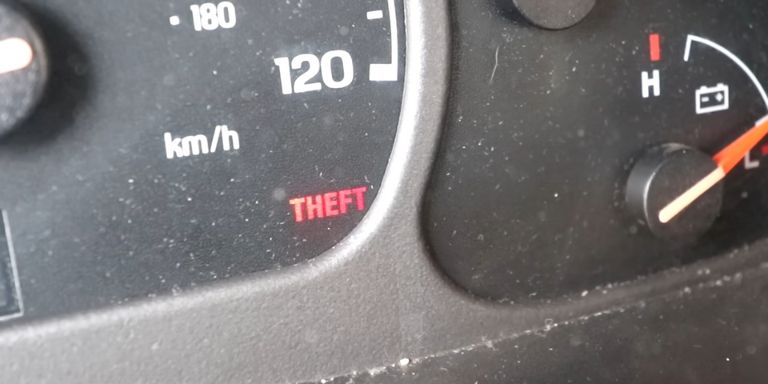
Like many modern cars, the Jeep Renegade comes with an anti-theft immobilizer system.
The immobilizer system is designed to deter car theft and allows the engine to start only if it recognizes the key transponder’s serial number.
However, if this system is not working due to any malfunction, it’ll not recognize the key and stop it from starting the engine.
There’s one quick way to find out whether that’s the case with your vehicle or not. All you need to do is to look at the instrument cluster.
If there’s an icon of a key (or car and key in some models) on the cluster flashing rapidly when the key is in the ON position, it means there’s some issue with either your key or the immobilizer system.
5. Test the Starter and Starter Fuse/Relay
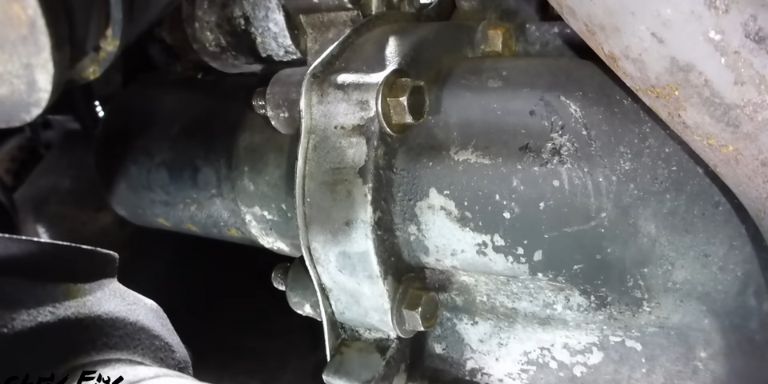
If you’ve tested the battery and the alternator, and they’re working fine, it’s time to check the starter motor.
The starter motor won’t be able to engage with the flywheel if damaged, and the engine will remain off.
If there’s no sound when you turn on the ignition or a big, single-click sound (as opposed to multiple, smaller clicks), it usually means the starter is not working.
There can be many reasons for this, but the most common ones are the corroded terminals and damaged starter fuse/relay.
If you’ve got none of these issues and the starter motor is still not working, I recommend having the starter checked by a mechanic.
On the other hand, if you want to test it by yourself, watch this video.
6. Check the Neutral Safety Switch
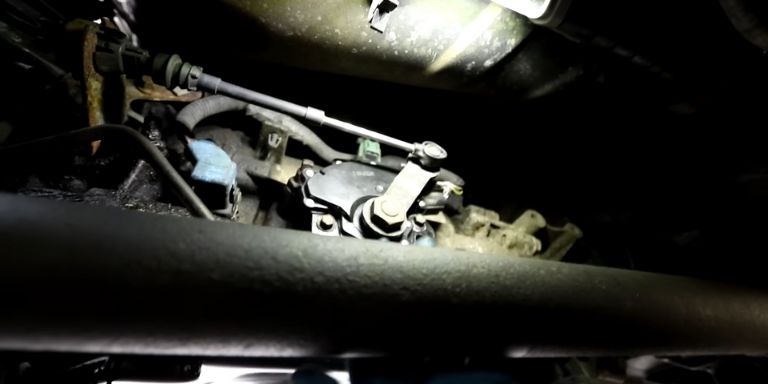
If you have an automatic transmission-based Jeep Renegade, the Neutral Safety Switch can cause it not to start – especially when the transmission is in Park or Neutral.
This switch is designed as a safety feature to prevent the engine from starting unless the transmission is in Neutral or Park.
The main purpose of this is to prevent the car from starting while in gear, as it could lead to unintentional movement.
However, if this switch is faulty (usually due to a loose connector) or out of adjustment, it may not recognize that the transmission is in Neutral or Park and will prevent the engine from starting.
7. Check the Clutch Safety Switch
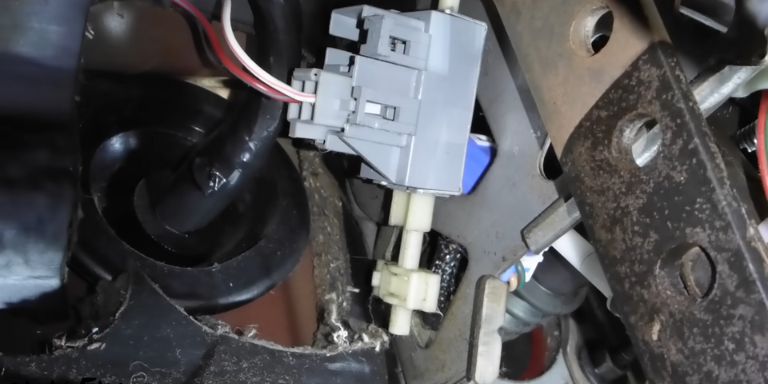
The manual transmission-based vehicles come with a clutch safety switch that engages when the clutch is pressed – allowing you to start the car.
But if this switch is not working, it’ll not close when you press the clutch, and the vehicle will not start.
Therefore, check this switch and make sure its connector is tightly secured.
8. Check For Vacuum Leak
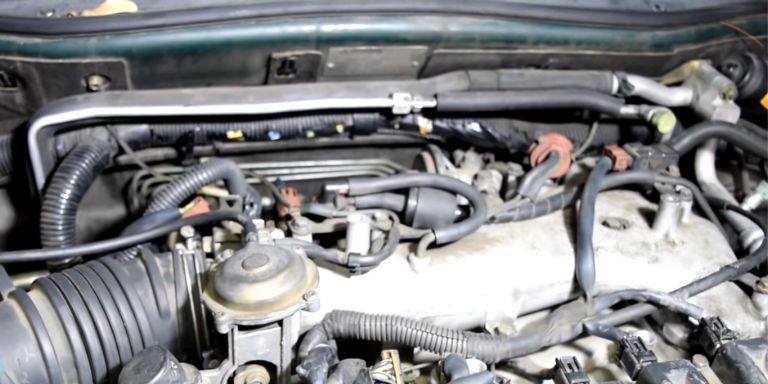
Although it occurs less frequently, sometimes the brake pedal feels stiff before you’ve even pressed it for the first time.
It happens due to a vacuum leak. Most of the time, the culprit is the vacuum hose that links the brake booster to the engine.
If this hose experiences wear and tear, rotting, or cracking at its connecting points, it can lead to a vacuum leak.
This leak, in turn, can cause the brake pedal to become hard because the brake booster can’t maintain the vacuum pressure it needs to function properly.
Frequently Asked Questions
Can Bad Power Steering Cause A Car Not To Start?
Although they’re not directly related, a bad power steering system can cause a car not to start.
If you have an electrical power steering (EPS) in the vehicle and it goes bad to put an extra load on your battery, the battery will get low and will not be able to power the starter motor.
As a result, the vehicle will not start.
How to Use Auto Parking Brakes in Jeep Renegade?
The auto parking brake is a safety feature found in many Jeep vehicles, such as the Jeep Renegade, that automatically engages the parking brakes under certain conditions, such as when the vehicle is turned off.
The main point is to ensure that the vehicle remains stationary.
To use this feature, go to Settings > Safety & Driving Assistance in the Infotainment system. Then, scroll down to select Brakes and toggle the Auto Park Brake option to ON.
How Do You Get Into a Locked Jeep Renegade?
There are many different ways through which you can enter a locked Jeep vehicle, including the Jeep Renegade. These include using the uConnect app, airbag/rod, auto-jiggle keys, etc.
How Do You Manually Start a Jeep Renegade?
If your Jeep’s key fob is not working and you’re getting a ‘Key Fob Not Detected’ warning message, you can start the vehicle manually by pressing the brake pedal and pushing the start button with the bottom end of the fob.
As for locking/unlocking the vehicle, use the fob’s built-in key.

